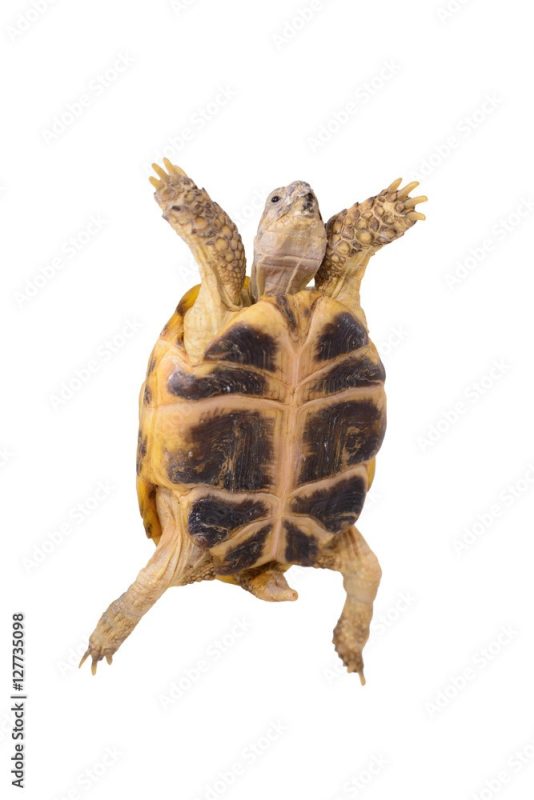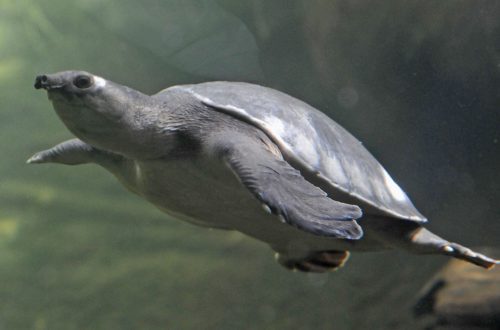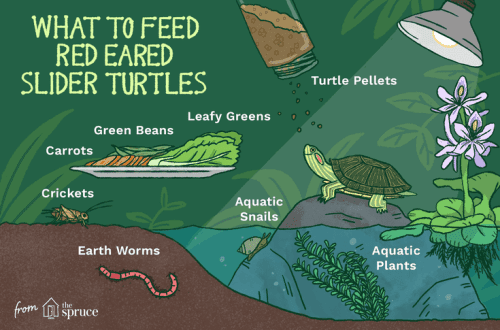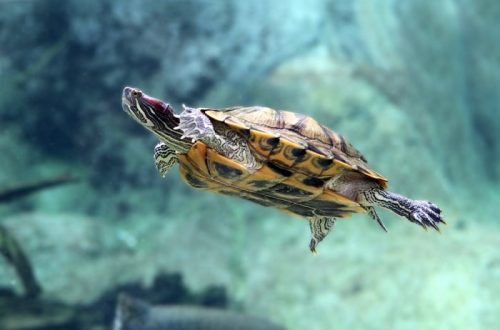
Turtle rickets
Calcium and vitamin D deficiency diseases are the most common problems in captive tortoises.
Most often, a variety of diseases affecting mineral metabolism in the body, lack of calcium and vitamin D are combined under the name “rickets”. However, rickets is just one of several ailments in this area that share a common depletion and loss of calcium from the bones.
Often, all diseases in this group externally manifest themselves in the form of similar clinical signs, but have different causes. Due to similar symptoms, these diseases are often not distinguished and combined under the term rickets, prescribing appropriate treatment, which is fundamentally wrong and sometimes leads to sad consequences. So, for example, in case of renal failure at a certain stage of the disease, the concentration of calcium in the blood increases and additional injections of calcium preparations (when treated as from rickets) lead to the instant death of the patient.
So let’s take a look at what can lead to an imbalance of calcium in the body of a reptile.
Most of the problems originate in the improper maintenance and feeding of the pet. This is, firstly, an insufficient amount of calcium in the diet (many foods, such as meat, fish fillets, leafy salads, vegetables, contain a low amount of calcium compared to natural food). And in conditions of intensive growth of reptiles at home, such a deficiency in calcium only increases. Secondly, the absence of ultraviolet irradiation, which disrupts the formation of vitamin D3, and as a result, the absorption of calcium. Kidney damage (for example, infectious, or after an incorrect wintering), hypovitaminosis A, excess calcium, hormonal disorders also lead to an imbalance of calcium in the body.
But still, most often there is a lack of calcium due to unsatisfactory conditions of detention, which manifests itself as rachitic changes in the turtle’s body.
In growing turtles, changes are especially noticeable in the form of softening of the shell (by the first year of life, the shell hardens and should not be squeezed under the fingers), curvature of the limbs and shell (ideally, the shell should be even without bumps, bends along the edges, falling through the front or back) , slowing down the growth of the shell compared to the body of the turtle (it seems that the turtle is large for its shell). In adult turtles, the signs may be thinning of the shell, it becomes light, light and resembles plastic in appearance, the “beak” can also be deformed, it is often difficult for the turtle to move and lift its own body, you can see that the turtle literally crawls on its front limbs, dragging its body on the ground and not leaning on the rear.
Rickets is divided into four stages (the first is mild, the fourth is extremely severe). In the first two stages, the level of calcium in the blood is maintained within the normal range due to the fact that it is gradually washed out of the bone tissue. In the third and fourth stages, clinical signs of rickets are clearly manifested. At the same time, the level of calcium in the blood falls, which leads to concomitant disorders in the work of other organs and systems (for example, the blood coagulation system, the work of the intestines, the heart, pulmonary edema, trembling or paresis (immobilization) of the limbs).
Before prescribing treatment, it is often necessary to evaluate the level of calcium and phosphorus in the blood. The first priority is the normalization of the conditions of detention, without which any treatment is useless. At the first and second stages of rickets, calcium preparations and vitamin complexes are administered in the form of injections, the diet is adjusted with the addition of mineral supplements to it, and an ultraviolet lamp is installed in the terrarium. At stages 3 and 4, treatment of additional symptoms is prescribed: drugs to improve blood clotting, calcitonin (after normalization of calcium levels in the blood), oils to facilitate the excretion of intestinal contents, and drugs to relieve tympania (bloating of the intestine or stomach). Treatment is prescribed by a veterinarian after examination and blood tests.
Treatment takes place over several months, a long process that does not always end successfully in the later stages of the disease. Therefore, prevention plays a major role. From the very first it should provide the turtle with the necessary conditions with the right diet, mineral supplements, ultraviolet radiation, and then the pet will delight you with its health!





